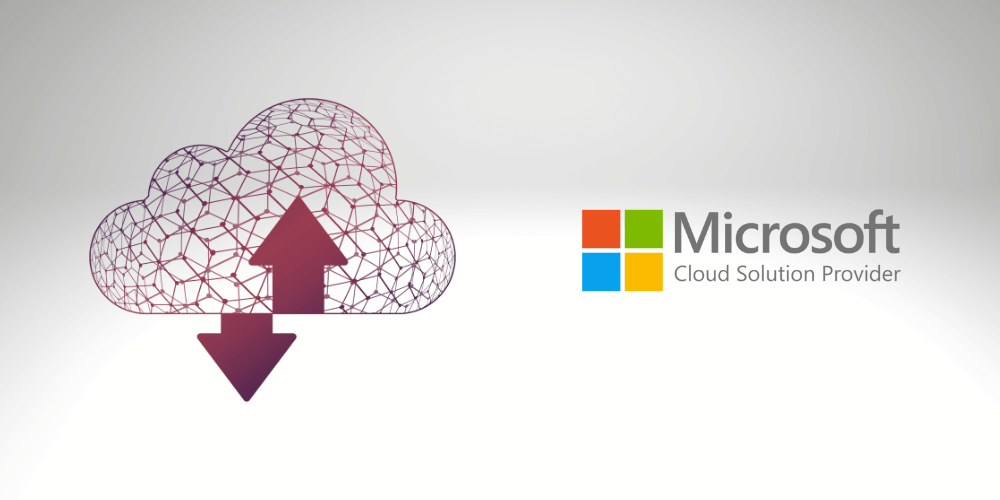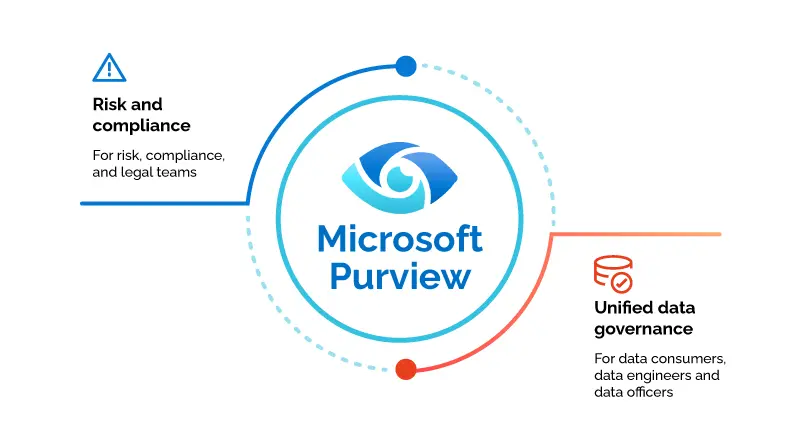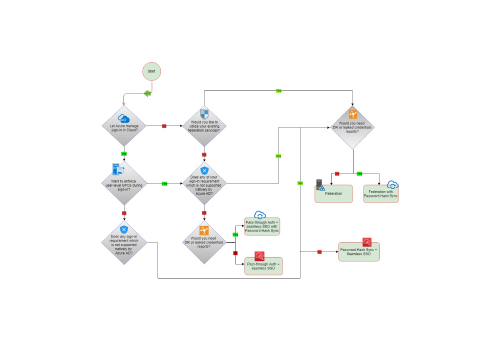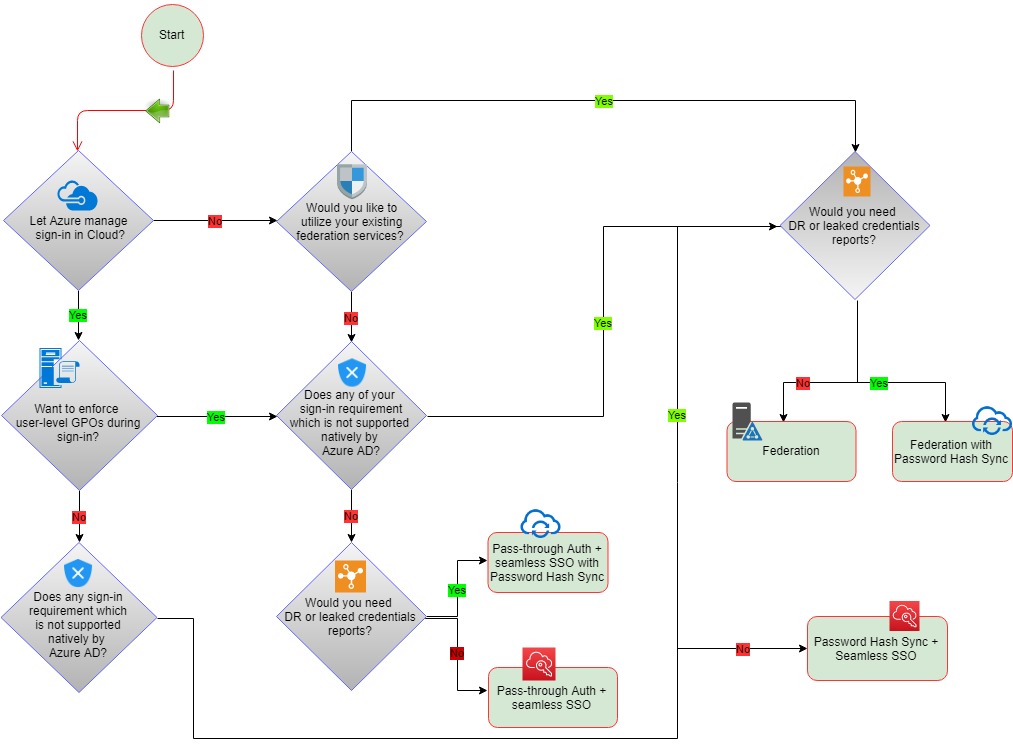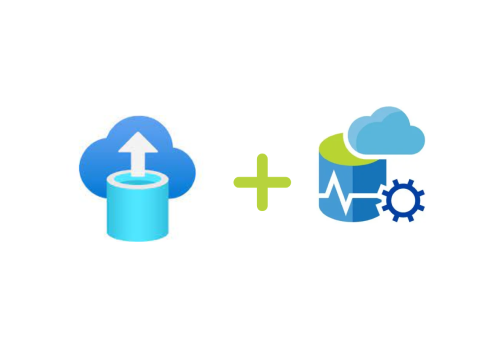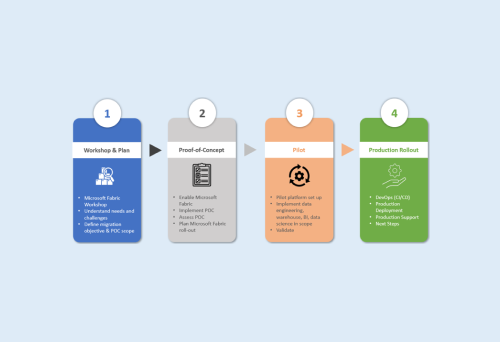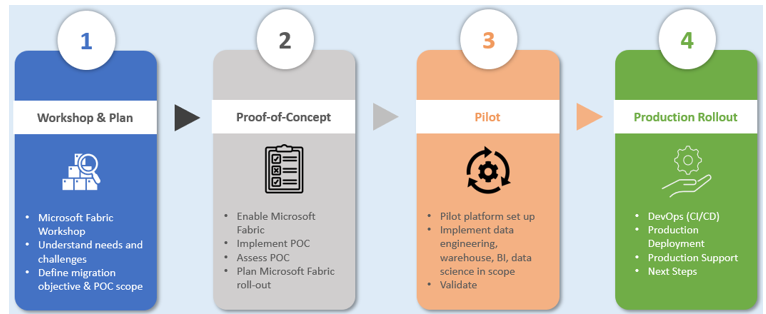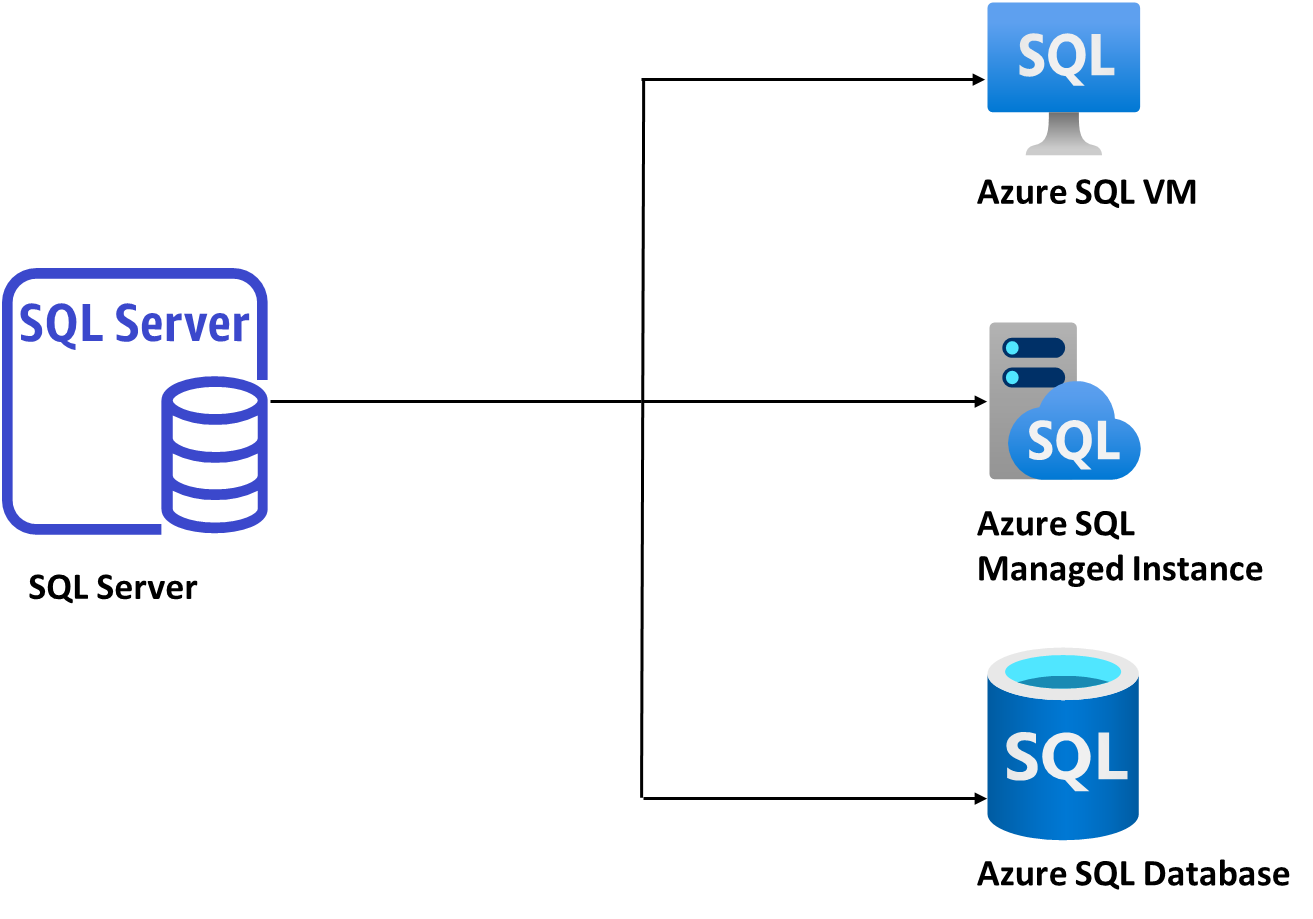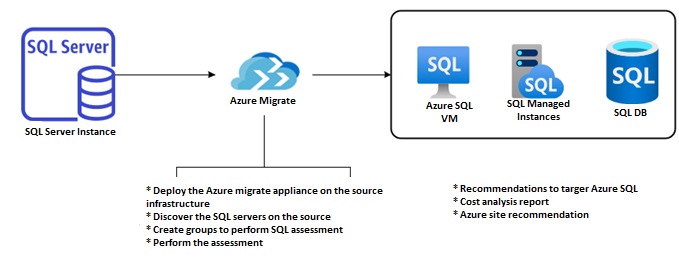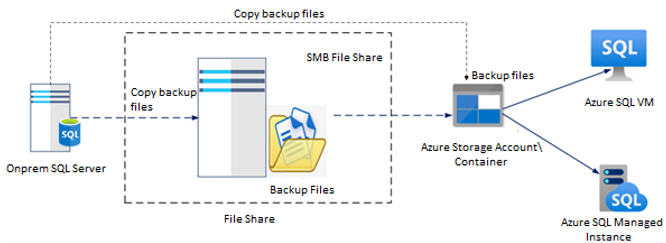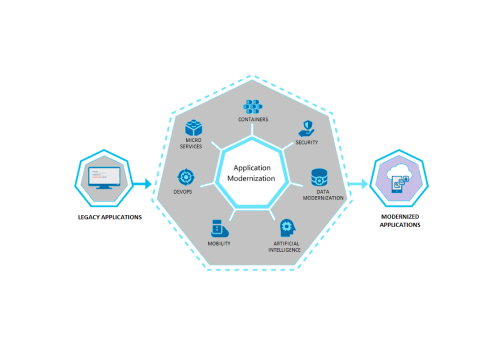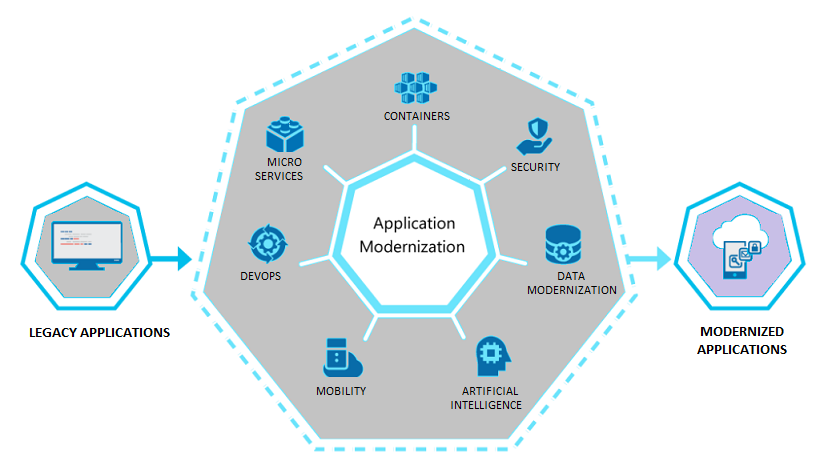Alright, imagine your business is trying to keep track of multiple cloud systems.
Your developers are busy on Microsoft Azure, your ops team is managing workloads on AWS, and your admin staff is using Google Cloud.
Sounds like you’ve got it all under control, right? Not exactly.
In reality, your data is scattered and your IT team is buried in chaos instead of focusing on meaningful work.
That’s where a Cloud Management Portal (CMP) comes in—to save your sanity.
What’s a Cloud Management Portal?
Think of a Cloud Management Portal (CMP) as your go-to dashboard for all your cloud systems—Azure, AWS, Google Cloud, or other platforms you integrate. Instead of juggling multiple logins and interfaces, you get one centralized place to monitor, manage, and streamline everything. It handles the tedious, repetitive tasks, keeps things organized, and gives you a clear view of your entire cloud environment. It’s not some high-tech platform; it’s a practical tool that helps you stay sane while managing multiple cloud platforms.
Why Should You Care?
Each cloud platform performs well on its own—but managing multiple platforms simultaneously can quickly become overwhelming. You’ve probably run into challenges like:
- Repeating the same tasks across different environments
- Delays due to poor system integration
- Confusing or inconsistent security and compliance standards
- Unexpected costs that seem unjustifiably high
A Cloud Management Portal (CMP) brings order to the chaos, helping your cloud platforms operate seamlessly as one cohesive system.
What Can a Cloud Management Portal Do?
A Cloud Management Portal offers a wide range of features to simplify, secure, and streamline your cloud infrastructure. Here’s how it helps:
A Central Hub for All Your Cloud Needs
- Main Dashboard: An intuitive interface that provides a unified view of all cloud services—no more jumping between multiple logins.
- Tool Overview: A consolidated view of your resources—virtual machines, databases, and storage—across different cloud environments.
- Automated Tasks: Define rules to automate repetitive actions, allowing your team to focus on higher-value work.
- Access Control: Set fine-tuned permissions to ensure only authorized users can access or modify specific resources.
Simple, Stress-Free Setup
- Seamless Integration: Connects all your platforms, including legacy systems like on-prem servers or spreadsheets, into one ecosystem.
- Smart Configuration: Identifies business requirements and configures settings automatically—no manual setup needed.
- Pre-Built Templates: Use ready-made configurations to accelerate deployment and maintain consistency across environments.
Cost Management at Your Fingertips
- Live Cost Tracking: Monitor current usage and associated costs in real time.
- Forecasting: Estimate future expenses based on usage trends, helping with more accurate budgeting.
- Team Spending Insights: Break down costs by team or department to better manage budgets.
- Savings Suggestions: Uncover opportunities to reduce spend through automatic optimization recommendations.
Compliance and Security Assurance
- Consistent Policies: Ensures that all your cloud environments adhere to your company’s internal standards and procedures.
- Regulatory Compliance: Monitors compliance with industry regulations such as HIPAA and GDPR, so you can avoid potential legal issues.
- Audit Trails: Records every action taken within your cloud infrastructure, providing a clear history for accountability and compliance.
- Unified Security: Consolidates all your security tools into one platform to ensure your data remains secure across all cloud environments.
Keep Operations Running Smoothly
- Issue Detection: Identifies any apps or services that may be underperforming or experiencing issues, so you can resolve them quickly.
- Scalability Planning: Helps you prepare for future growth by anticipating the resources you’ll need.
- Proactive Alerts: Sends early warnings if something is likely to fail, allowing you to take preventative action before problems escalate.
Why Your Business Needs a Cloud Management Portal

A CMP transforms the way you manage your cloud infrastructure by providing:
- End-to-End Visibility: Monitor your entire cloud ecosystem from a single pane of glass.
- Cost Control: Gain full transparency into where your money is going, and eliminate unnecessary expenses.
- Regulatory Compliance: Stay in alignment with both internal policies and external legal requirements.
- Operational Efficiency: Automate routine tasks to reduce manual work and human error.
- Empowered Teams: Enable departments to manage their resources independently without heavy reliance on IT.
- Centralized Security: Define and enforce security protocols consistently across all platforms.
What’s the Real Impact?
Businesses that adopt a cloud management portal often see rapid improvements. Many companies report cutting cloud bills by 20% or more through better resource tracking and optimization. Imagine a company with multiple teams spread across different locations, struggling to manage costs and maintain security across AWS and Azure. With a CMP, they can track spending in real time, set rules to prevent waste, and ensure data security across the board. The result? Reduced friction, minimized legal risks, and smoother project execution.
Who Should Use a Cloud Management Portal?
A CMP is valuable for organizations at every stage:
- Small Businesses: Avoid growing pains by building a strong cloud foundation from the start.
- Large Enterprises: Streamline complex environments and maintain robust security across diverse platforms.
- Cloud Newcomers: Simplify the cloud learning curve and manage everything in one place with minimal friction.
Bottom Line
While using multiple cloud systems offers flexibility, it’s only truly beneficial when you can manage them efficiently. A cloud management portal is like a trusted assistant that keeps everything organized, provides visibility into your operations, and ensures your cloud environments stay secure and cost-effective. Whether you’re a small startup or a large enterprise, a CMP can help you keep your cloud infrastructure running smoothly, safely, and within budget.
Ready to simplify your cloud operations? Contact SNP Technologies Inc. to learn how a Cloud Management Portal can save you both time and money.







